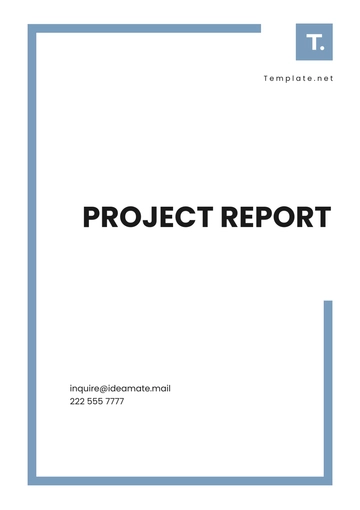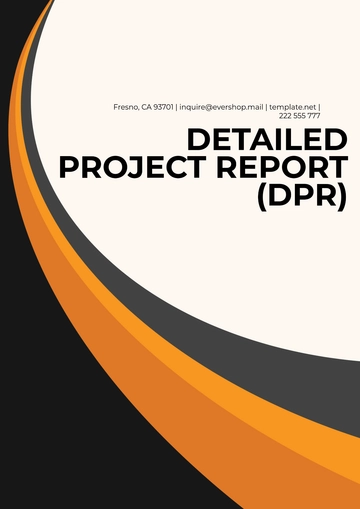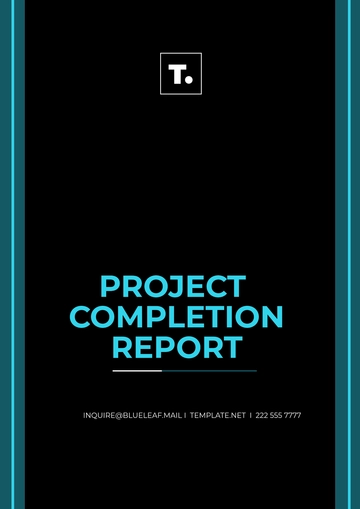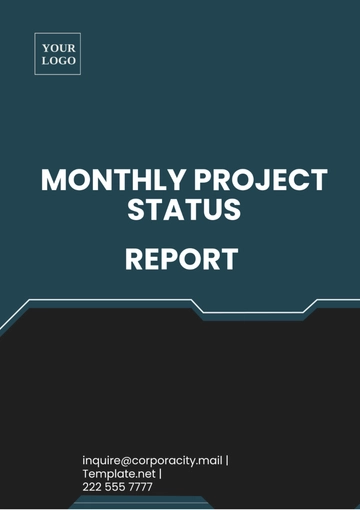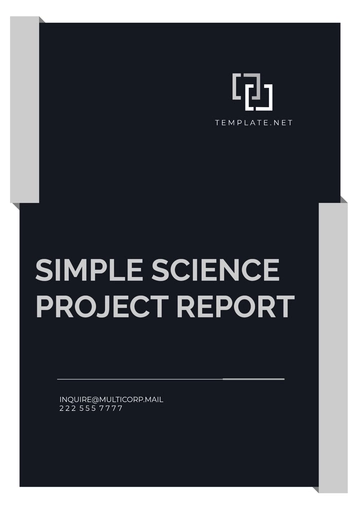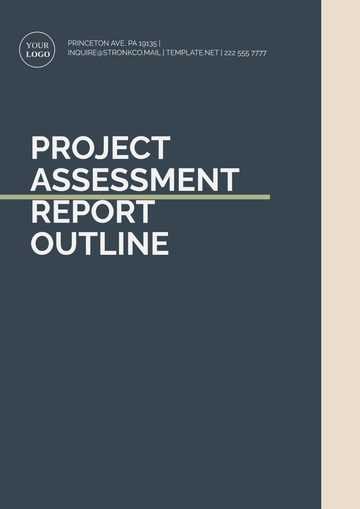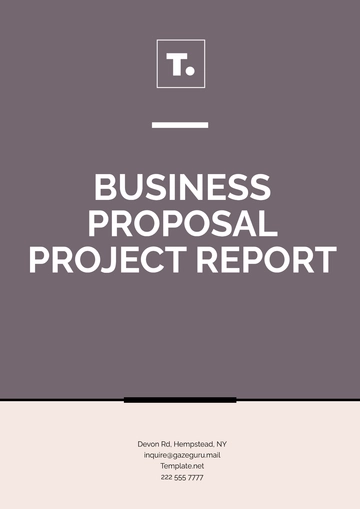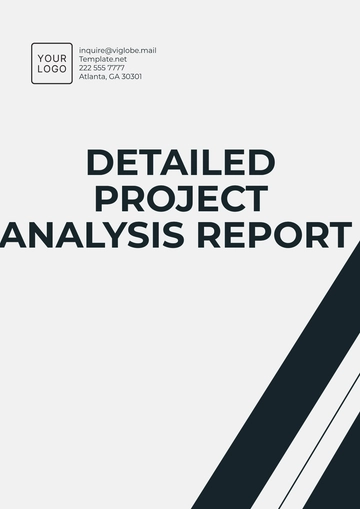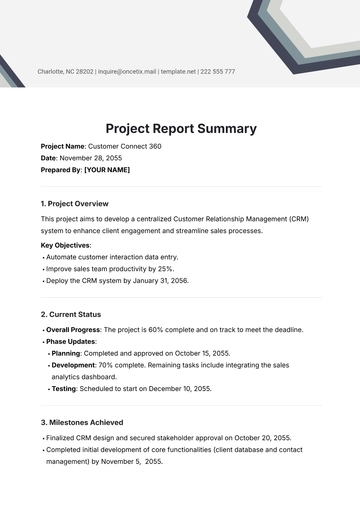Database Project Report
I. Introduction
Field | Value |
|---|
Project Title | Customer Relationship Management (CRM) Database Development |
Project Period | January 2050 - December 2050 |
Prepared By | [YOUR NAME] |
Position | Database Administrator |
Email | [YOUR EMAIL] |
Issued By | [YOUR COMPANY NAME] |
Address | [YOUR COMPANY ADDRESS] |
Website | [YOUR COMPANY WEBSITE] |
Phone Number | [YOUR COMPANY NUMBER] |
Objective
The objective of this project is to develop a comprehensive Customer Relationship Management (CRM) database to enhance customer engagement, streamline sales processes, and provide detailed analytics for decision-making.
II. Background
Project Rationale
In the evolving business landscape, effective customer management is crucial for sustaining growth and competitiveness. [YOUR COMPANY NAME] identified the need for a robust CRM database to centralize customer data, improve customer service, and support strategic marketing initiatives.
III. Requirements Analysis
Data Requirements
Data Type | Attributes |
|---|
Customer Information | Name, Email, Phone, Address, Purchase History, Preferences |
Sales Data | SaleID, CustomerID, Product, Amount, Date |
Support Tickets | TicketID, CustomerID, Issue, Status, DateReported, DateResolved |
Marketing Campaigns | CampaignID, CampaignName, Description, StartDate, EndDate |
Functional Requirements
Requirement | Description |
|---|
User Interface | User-friendly interface for data entry and retrieval. |
Access Control | Secure access control to protect sensitive information. |
Scalability | Ability to accommodate growing customer data. |
Integration | Integration with existing systems like ERP and email marketing tools. |
IV. Design
Database Schema
Tables: Customers, Sales, Support_Tickets, Campaigns
Relationships: One-to-Many relationship between Customers and Sales, Customers and Support_Tickets; Many-to-Many relationship between Customers and Campaigns.
ER Diagram: Detailed entity-relationship diagram depicting the database schema.
Data Models
Customers: CustomerID (Primary Key), Name, Email, Phone, Address, DateCreated
Sales: SaleID (Primary Key), CustomerID (Foreign Key), Product, Amount, Date
Support_Tickets: TicketID (Primary Key), CustomerID (Foreign Key), Issue, Status, DateReported, DateResolved
Campaigns: CampaignID (Primary Key), CampaignName, Description, StartDate, EndDate
V. Implementation
Development Tools
Tool | Description |
|---|
DBMS | PostgreSQL |
Programming Languages | SQL, Python |
Development Environment | Visual Studio Code |
Deployment Steps
Set up PostgreSQL server and configure initial settings.
Create database schema and define relationships.
Develop and test SQL scripts for data manipulation.
Implement user authentication and access control mechanisms.
Integrate with existing ERP and marketing systems.
VI. Testing
Testing Procedures
Testing Type | Description |
|---|
Unit Testing | Validate individual database components. |
Integration Testing | Ensure seamless integration with external systems. |
Performance Testing | Assess database performance under various loads. |
User Acceptance Testing | Collect feedback from end-users. |
Testing Results
Test Type | Results |
|---|
Unit Tests | All components passed without critical issues. |
Integration Tests | Successful integration with ERP and marketing tools. |
Performance Tests | Database handled high volume transactions efficiently. |
UAT | Positive feedback with minor suggestions for interface improvements. |
VII. Maintenance
Maintenance Plan
Activity | Description |
|---|
Regular Backups | Daily backups to ensure data safety. |
Updates and Patches | Regular updates to fix bugs and improve security. |
Monitoring and Performance Tuning | Ongoing monitoring to optimize performance. |
User Training | Periodic training sessions for users to adapt to new features. |
VIII. Challenges and Solutions
Challenges
Data Migration: Difficulty in migrating legacy data.
User Adoption: Resistance from staff to adopt the new system.
Solutions
Data Migration: Implemented automated scripts to streamline data migration.
User Adoption: Conducted comprehensive training and provided continuous support.
IX. Conclusion
Project Outcomes
The CRM database project successfully centralized customer data, improved customer service efficiency, and provided valuable insights through advanced analytics. [YOUR COMPANY NAME] now possesses a robust system that supports its customer relationship management efforts.
Future Recommendations
Continuous Improvement: Regularly update the system based on user feedback.
Advanced Analytics: Implement AI-driven analytics for predictive insights.
Enhanced Integration: Expand integration with other business systems.
Prepared By:
[YOUR NAME]
[YOUR EMAIL]
Report Templates @ Template.net

